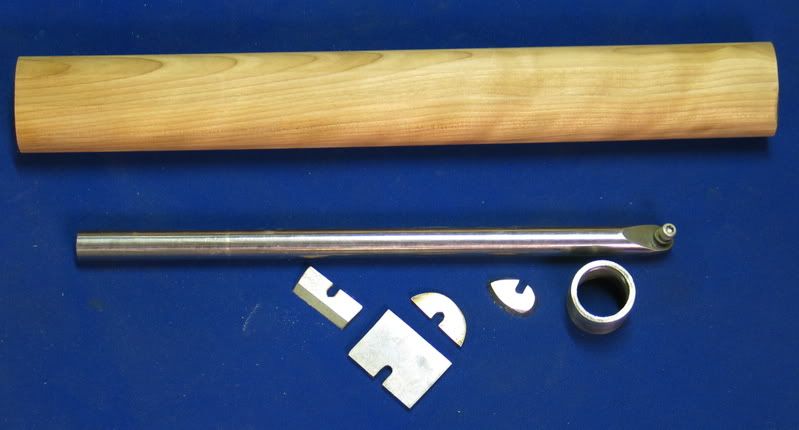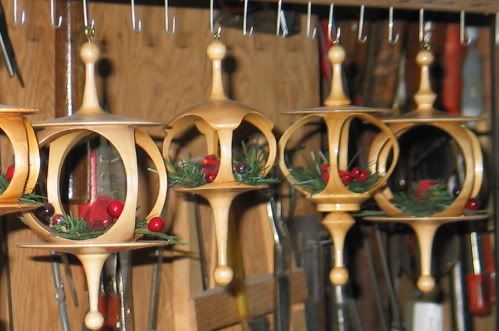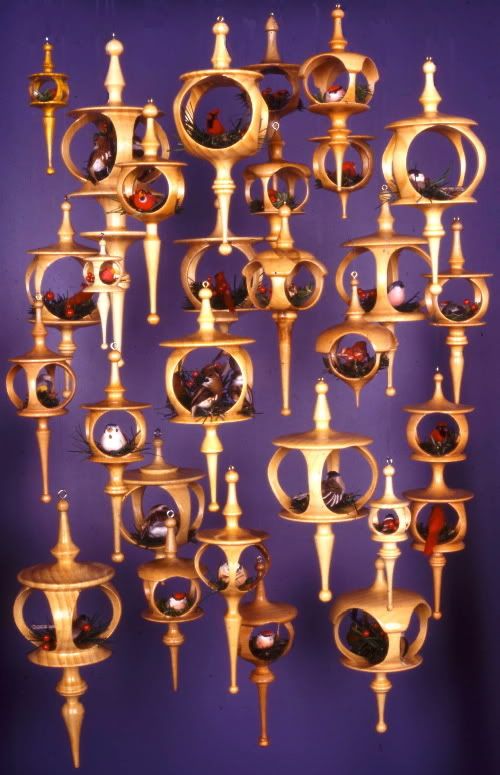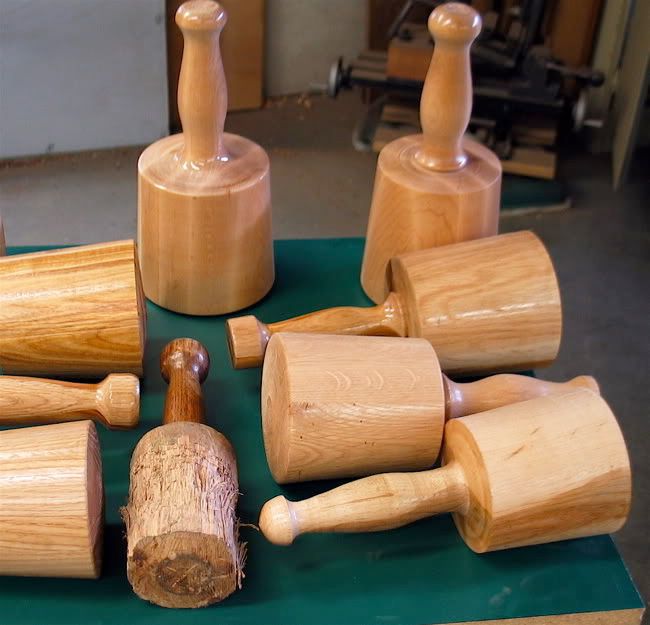Any reason not to use an old jointer knife for a parting tool? I just changed the knives on my 8" jointer (high speed steel). The previous owner ground the knives poorly and most are pretty think. But one of them is still a good 5/8" wide (1/8" thick).
Would this be safe to make into a parting tool or would it be too brittle?
Thanks!
Salem
Would this be safe to make into a parting tool or would it be too brittle?
Thanks!
Salem







